A Bio-Hybrid Robot Powered By Animal Muscles
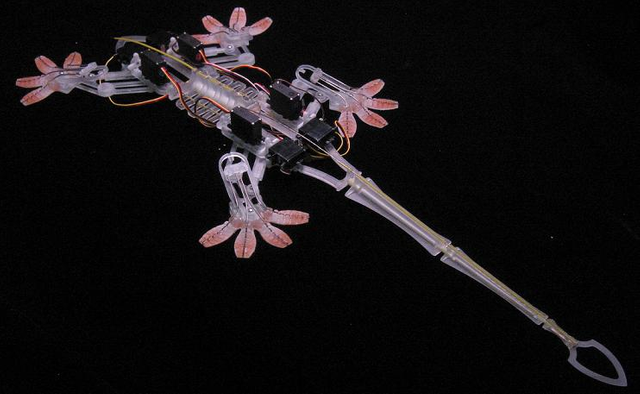
With reference to robots, one might imagine machines made of metal and plastic, such as simple robots assembled from rigid materials. As the robot out of the laboratory, the scope of application continues to expand, such rigid system in the process of human-computer interaction there is a security risk. For example, industrial robots hit the worker is likely to lead to the latter injury.
Researchers are combining robotics with tissue engineering to develop robotic cells that use living muscle tissue and cells.
It is a growing concern for researchers to make hard machines just as soft and docile as animals. This idea can be achieved by connecting a common actuator, such as an engine, to a pneumatic artificial muscle or spring. For example, the Whegs series of robots are constructed with springs that connect the engine and the wheel leg. Once hitting an obstacle (human), the spring absorbs impact energy to keep people from getting hurt. In addition, the broom of the robot is also spring-loaded to prevent it from damaging the furniture during work.
However, some of the research pioneered new areas. Combining robotics with tissue engineering, researchers are developing robots that use live muscle tissue or cells to drive them. Under current or flash stimulation, cell shrinkage causes the torso of the robot to bend, causing the robot to swim in the water or crawl on land. Such robots are free to act and behave like animals. They are safer to humans and the environment than normal robots. It is precisely because animals are similar, they no longer rely on the battery, but to use nutrients for muscle cells, thus reducing self-respect.
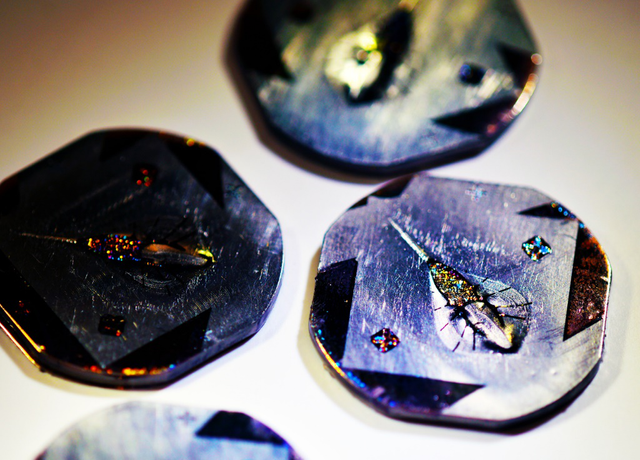
titanium alloy mold manufacturing tissue engineering of biological robots.
Photo credit: Karaghen Hudson and Sung-Jin Park, CC BY-ND
Creating a biological robot
Researchers create living robots by culturing living cells (usually rat or chicken heart or skeletal muscle cells) on a non-toxic backbone. If the matrix matrix polymer materials, the corresponding robot can be called biosynthetic robot - a combination of natural and artificial materials.
If the cells are arranged in disorder on the framework, they shrink in any direction. This means that the contractile force generated by the cells after being electrically stimulated cancels out in all directions and does not effectively pull the entire robot movement.
In order to use the cell energy reasonably, the researchers used cell micropatterning. Paste or print fine wires on the scaffolding matrix where the cells are easy to attach to guide the cells to divide and grow so that they eventually converge in a specific pattern of alignment. Instead of being a mess, the cells are an ordered arrangement of bodies that can pull the limbs and drive the "limbs" and "fins" of the machine, according to the researchers' design intentions.
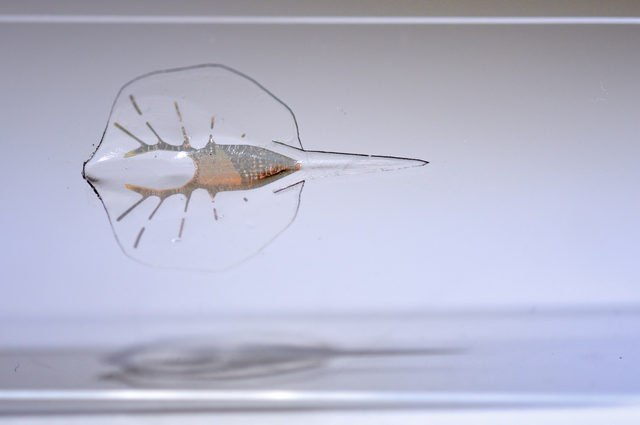
Tissue engineered light control software machine bonito. Credit: Karaghen Hudson and Michael Rosnach, CC BY-ND
Inspired by the animal's biosynthetic robot
In addition to a series of biosynthetic robots, researchers have also developed all-organic robots. Their skeletons use natural organic materials such as skin collagen instead of high-polymer materials. Operate under electric field stimulation. Some robots have been inspired by medical tissue engineering to support the torso by long-legged feet (or tentacles).
The prototypes of some other robots come from nature and are called bionic synthetic robots. A robot developed by a research group at the California Institute of Technology is based on jellyfish. This robot named medusoid has a circle of bracers around it. Microarray technology is used in each wrist to guide the cells with protein conductors to form muscle tissue similar to living jellyfish. As the cells contract, the bracers and wrists curl medially, pushing the machine to swim in the nutrient solution.
Recently, researchers announced their way to drive biological robots. The Harvard research team used genetically engineered heart cells to successfully swim the nautilus-like robot. The remodeled heart cells respond to the lightwaves stimulated at a specific frequency - the cells on both sides of the fish 's body respond to light waves of two different frequencies.
Researchers shine light on the head of the anchovy, where cells contract and emit electrical signals. As the signal propagates along the "fish," the pathway cells contract one after the other, pushing the machine forward. Researchers tweaked the fish by changing the light wave frequency. If the "fish" side of a cell sensitive to a certain frequency of light waves, the contraction of the side cells is more obvious, so that the overall rotation to the side.
Enhancing the robot's environment adaptability
Progress in biosynthetic robotics is indeed exciting, but getting them out of the lab is going to come in handy with major problems. At present, such robots have short lifespan and low carrying capacity, thus limiting their moving speed and working performance. Robots made from mammalian or avian cells are very demanding for the environment. For example, the ambient temperature must be close to the body temperature of the living body, and the cells need to rely on nutrition to maintain their function. One solution is to seal the robot permanently in nutrient solution to protect the cells from the external environment.
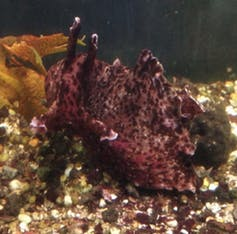
Another way is to use more robust cells as a driver. Case Western Reserve University is hoping to implement this approach with its robust California Aplysia californica. Sea slugs inhabit the tidal flat and suffer from severe temperature changes and salinity changes in the ebb and flow cycle of the day. Some sea slugs will be trapped in tidal pools after low tide. Under the sun, the water in the pit evaporates and the temperature rises. Conversely, salinity drops when it rains. The sea slugs climbed out of the tide crater again during the high tide. They evolved powerful cells to adapt to the changing environment.
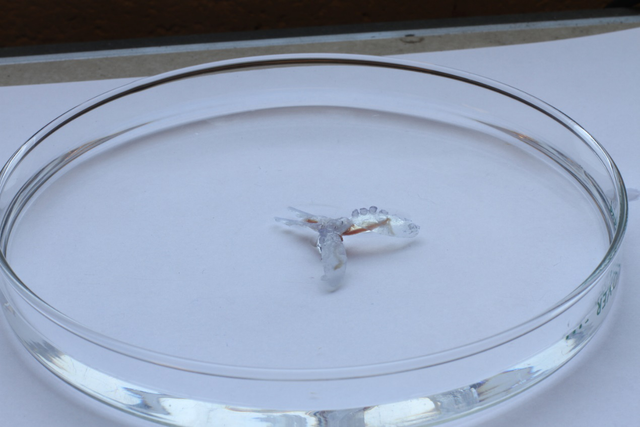
Sea turtle-inspired biosynthetic robot, driven by the sea canthal muscle cells. Credit: Dr. Andrew Horchler, CC BY-ND
We have been able to use the sea tuft tissue to drive a biological robot, which means that robots made of elastic tissue will have greater environmental adaptability. Its size (about 1.5 feet long, 1 foot wide) is sufficient to withstand the appropriate load.
Another challenge in developing bio-robots is the lack of an integrated control system. At present, engineers control external control only by electric field and light. To realize the idea of a fully automated biological robot, we will rely on controllers that interface directly with the muscles and provide their own sensory input. One of them is an organic controller called the ganglia, which consists of neurons and ganglia.
This is one of the reasons why we use California Sea Turtle. They have been used as model systems for neurobiology for decades. The research on the relationship between the nervous system and the muscle of the sea slugs has been quite adequate. Based on this, we will use neurons to develop organic controls to manipulate the way the robots move so they can do the job of searching for toxic or tracing light sources.
Although research in the field of biosynthetic robots is still in its infancy, scientists have already portrayed the technology taking off in applications. For example, these micro-robots can be put into batches of water or sea to search for toxic substances or detect pipe leaks. These sensors have good biocompatibility, can be degraded or consumed by wildlife and digested. Compared with the traditional rigid robots, they will not cause harm to the environment.
The future may use human tissue to create medical robots. They can be targeted for drug administration, cleared of blood clots, or as drivable endovascular stents. The stent strengthens the blood vessels and thus avoids aneurysm. The matrix is made of organic material rather than synthetic material, so it can fuse with human body after a period of time. In addition to the above small biobot, related research has begun to explore the manufacture of vascular systems. The era of muscle-driven large robots is coming.

References for Text and Images:
- http://makebelieveuk.com/blog/tag/biohybrid-robots/
- http://www.bio-robots.com/
- https://wilkybarkid.wordpress.com/2015/12/08/the-bio-robots/
- http://www.newsmobile.in/articles/2018/01/13/bio-inspired-robots-come-closer-to-reality/
- https://edition.cnn.com/2015/04/30/tech/mci-robochimp/index.html
- https://futurism.com/images/bio-robots-animal-inspired-machines/
Support @steemstem and the #steemstem
project - curating and supporting quality STEM
related content on Steemit

This post has received a 1.14% upvote from thanks to: @amity123.
thanks to: @amity123.
For more information, click here!!!!
Send minimum 0.050 SBD|STEEM to bid for votes.
Do you know, you can also earn daily passive income simply by delegating your Steem Power to @minnowhelper by clicking following links: 10SP, 100SP, 500SP, 1000SP or Another amount